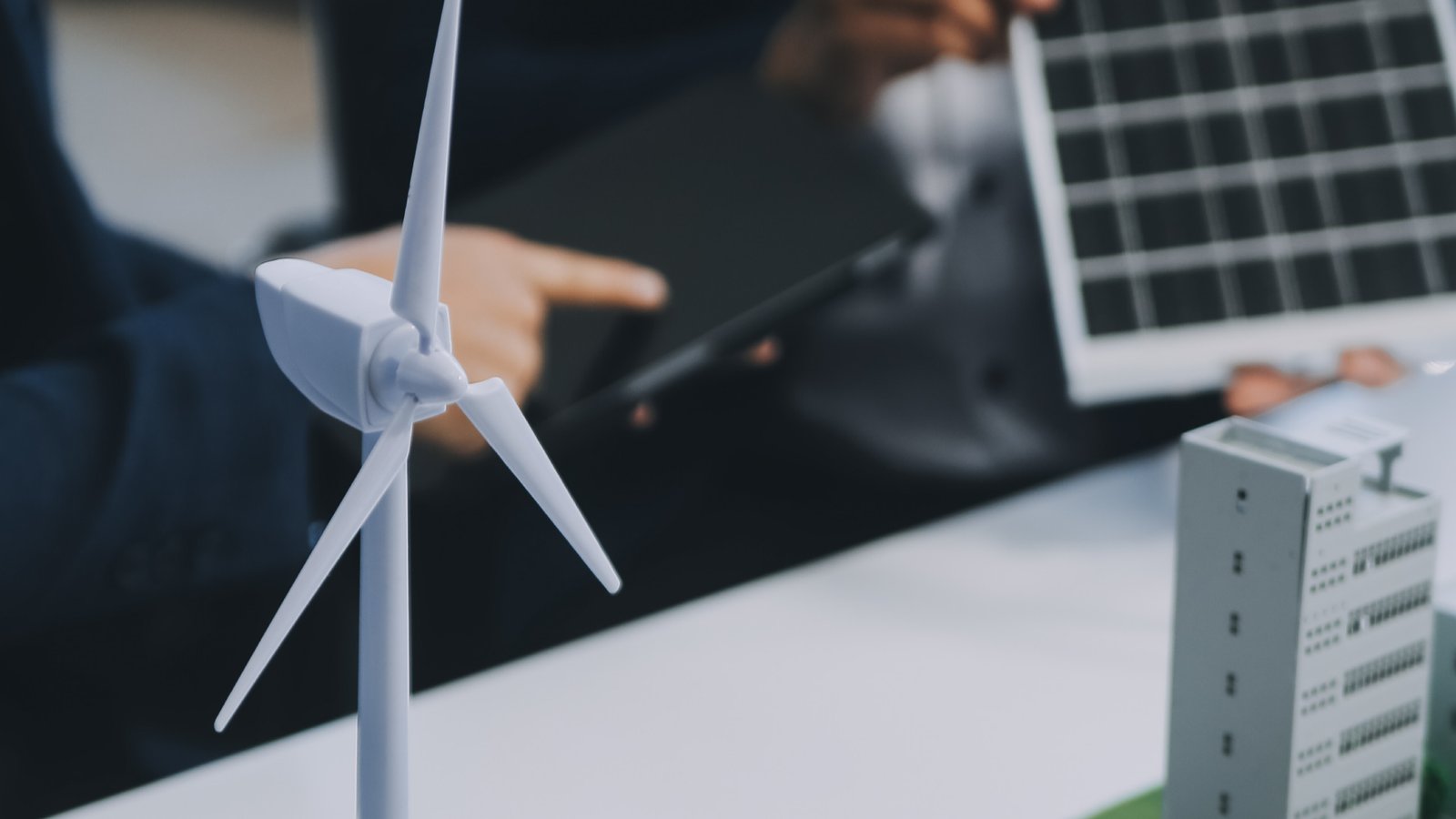Discover how grid upgrades are essential for integrating renewable energy, ensuring a stable, efficient, and sustainable power future.
The world requires immediate power grid upgrades because it moves toward sustainable and clean energy futures. Renewable energy deployment depends on modernized power grids, which must address variability together with efficiency and reliable power distribution while handling changing conditions in solar, wind, and hydro sources.
However, the implementation of renewable energy faces significant hurdles due to limited grid improvements because of efficiency problems, power stability issues, and capacity limitations.
Table of Contents
1. The Need for Grid Upgrades
2. Key Strategies for Upgrading Grids for a Renewable Future
2.1. Smart Grid Technology Implementation
2.2. Energy Storage Solutions
2.3. Grid Decentralization and Microgrids
2.4. Upgrading Transmission Infrastructure
2.5. Policy and Regulatory Support
1. The Need for Grid Upgrades
Traditional power grids followed a centralized energy system where electricity started from large fossil fuel-based plants before transmission to the end-users. Renewable energy systems function through distinct operations. Solar power generation and wind power operate from separate locations, and their output varies with weather and daylight hours. Renewable energy sources create uncertain output, which results in grid operational instability and damages the previous power infrastructure.
Grid upgrades must be done to support the increasing contribution of renewable energy to the power system. Power grid modernization enables efficient distribution and adaptive management of energy from diverse sources, which results in reduced threats from blackouts and energy wastage.
2. Key Strategies for Upgrading Grids for a Renewable Future
Renewable energy requires electrical grid upgrades for reliable integration. A resilient, sustainable, and efficient energy future results from implementing smart grid technology and enhancing energy storage and power system decentralization and modernized transmission infrastructure and supportive policy development.
2.1. Smart Grid Technology Implementation
Smart grids use modern digital systems to improve their capabilities for managing energy transmissions and storage as well as customer energy usage. The combination of real-time monitoring, automated demand response, and predictive analytics makes smart grids capable of effectively integrating renewable energy sources. Smart systems provided by utilities enable the detection of system faults as well as the optimization of power distribution networks to reduce operational disruptions.
2.2. Energy Storage Solutions
The main obstacle in incorporating renewable energy depends on its unreliable power output patterns. The grid stability gets improved by stored energy through systems such as pumped hydro storage combined with lithium-ion batteries that both accumulate power during peak production times and deliver it during times of elevated demand. Battery storage installations on a large scale improve power grid stability while minimizing fossil fuel consumption and enhancing electrical grid stability.
2.3. Grid Decentralization and Microgrids
The concept of microgrids refers to contained energy distributions operating either autonomously or linked to primary power networks. These systems give communities, along with businesses and institutions, the independence to create and operate their renewable energy systems. The decentralized power grid system decreases energy losses while providing better access to electricity in hard-to-reach areas.
2.4. Upgrading Transmission Infrastructure
Transmission lines, together with substations, require infrastructure improvements to accept higher levels of power capacity. High-voltage direct current (HVDC) transmission lines manage to transmit long-distance power across vast distances with a minimum loss percentage. Modern infrastructure investments permit the efficient supply of renewable energy generated at distant locations, including offshore wind farms, to reach consumers.
2.5. Policy and Regulatory Support
The rapid advancement of power grid infrastructure depends on government institutions and regulatory bodies. The implementation of policies that reward investments toward smart grids together with energy storage and new transmission systems makes the transition to renewable energy power possible. Streamlining the permitting system for new infrastructure development helps speed up bureaucratic approval processes.
Renewable energy adoption will continue its path toward inevitability because modernized electrical grid infrastructure must be present for success. The foundation for sustainable renewable energy relies on smart grids along with energy storage systems, decentralized power networks, and advanced transmission capabilities. The success of renewable energy requires joint efforts between governments and utilities together with businesses to update electrical infrastructure.
Discover the latest trends and insights—explore the Business Insights Journal for up-to-date strategies and industry breakthroughs!

